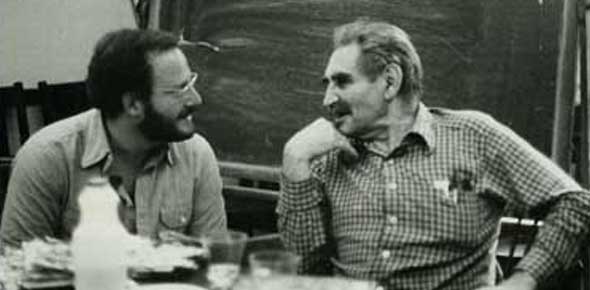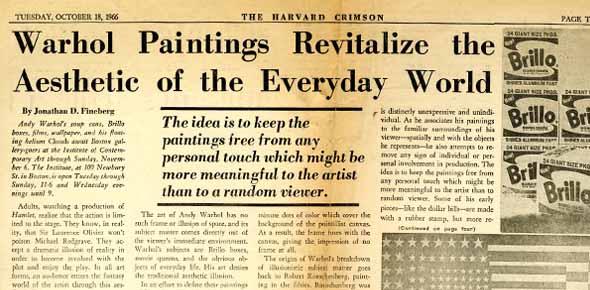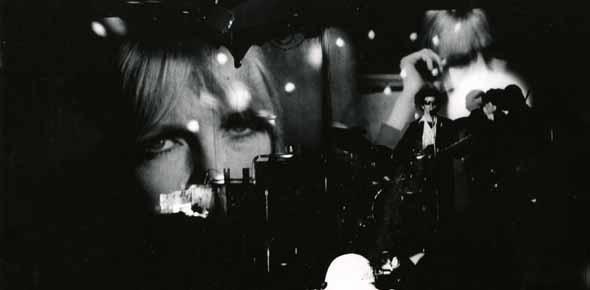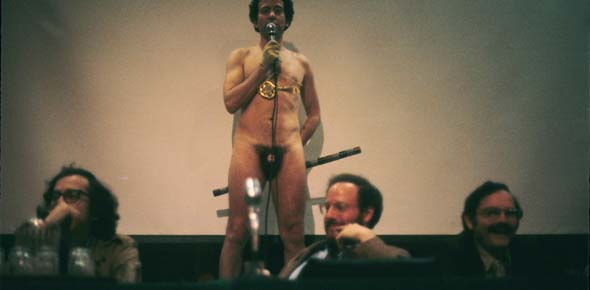Art Criticism and Curatorial Work








My interest in living artists was nurtured by friendships early in my professional life with the painter Robert Motherwell, with Christo and Jeanne-Claude, and with the critic Harold Rosenberg; by the time I moved to New York I was deeply involved with a number of living artists and I would go on to write some 30 books and exhibition catalogues on contemporary artists, among the more recent: Christo and Jeanne-Claude: On the Way to the Gates, 20th Anniversary Edition (Metropolitan Museum of Art, 2004, expanded Yale University Press, 2025), A Troublesome Subject: The Art of Robert Arneson (University of California Press, 2013), Some Stories Are Worth Repeating: Alice Aycock Drawings (Yale University Press, 2013), and Disquieting Memories: The Art of Zhang Xiaogang, Phaidon, 2015).
But I began writing about living artists right from the start and have continued to write reviews on contemporary art most recently in The Wall Street Journal, Hyperallergic, and the Brooklyn Rail. I’ve also written essays in exhibition catalogues (several in the last few years for Pace and Gmurzynska galleries), and in museum catalogues for The Hirshhorn, The Metropolitan Museum, The San Francisco Museum of Modern Art, the Pushkin Museum and the Garage Center for Contemporary Culture in Moscow, the Today Museum in Beijing and the Long Museum in Shanghai, the Galerie nationale du Jeu de Paume in Paris, the Louisiana in Denmark, and many others. These have largely been on American, Chinese, and European modern and contemporary artists.
In 1991 I curated Out of Town: The Williamsburg Paradigm, the first museum exhibition devoted to the emergence of a Williamsburg, Brooklyn art scene. But I have also made important discoveries researching early modernism, such as my four volume publication of Les Tendances Nouvelles (Da Capo, 1980) involving my rediscovery of the archives of an important lost Paris journal before World War One. The Innocent Eye: Children’s Art and the Modern Artist is perhaps the most significant of my classical art historical writing on the earlier Twentieth Century. Carter Brown, director of the National Gallery in Washington, asked me to curate this for the National Gallery in 1994 when I showed him images of what I had found in artists’ archives. The Innocent Eye involved the discovery that Matisse, Goncharova and Larionov, Picasso, Klee, Kandinsky and Münter, Miró, Dubuffet and the Cobra among other major modern masters collected and used child art in depth as source material. I found the original collections belonging to each of them and showed them for the first time with major works influenced by them at the Kunstmuseum-Bern and the Städtische Galerie Munich. (Carter Brown took ill and stepped down before we could realize this at the National Gallery.) I published the book in English with Princeton University Press in 1997. I also edited a collection of essays on this theme by other scholars: Discovering Child Art (Princeton, 1998) in which Gombrich and Arneson went head to head on the nature-nurture controversy. The Innocent Eye received multi-page reviews in The New York Times, ArtNews, the TLS and elsewhere.
My two-hour documentary Imagining America: Icons of 20th Century American Art (PBS and Yale University Press, 2005), also received a multi-page review in the New York Times, beginning on the front page of the “Art and Leisure” section. The book about child art, When We Were Young: New Perspectives on the Art of the Child (University of California Press, 2006), had a multi-page review in the Times as well, with five illustrations.